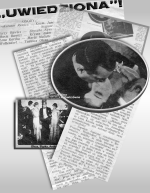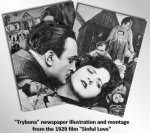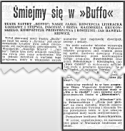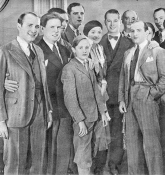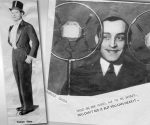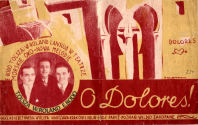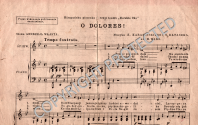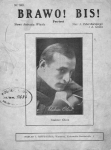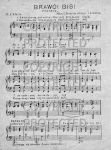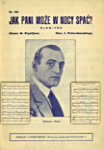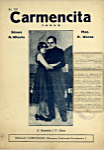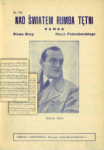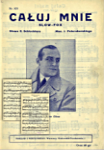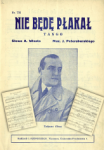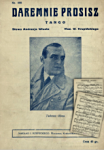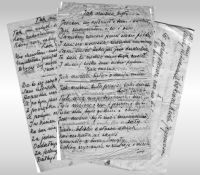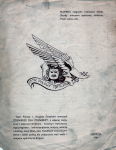 Click on thumbnail to enlarge image Click on thumbnail to enlarge image |
|
|
The Field Theatre of the 1st Polish Riflemen Brigade, was organized and run by Tadeusz Olsza while stationed in Scotland in 1941.
The theatre's mission was to support the Polish troops by providing morale and recreation-type services to the men in uniform,
and to extend a touch of Polish entertainment to those longing to return to their homeland. |
|
 Click on thumbnail to enlarge image Click on thumbnail to enlarge image |
|
|
Left:
The program from the show called "We're Starting Out". Monologs, songs, vignettes - performed by Polish actors, painters, musicians, authors (themselves in the military) - to provide a much needed recreational respite and break from the stresses of war.
Right:
Music and Lyrics of "A Song about a Soldier's Song" written and composed by Adam Kowalski.
|
|
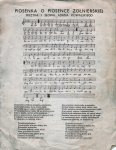 Click on thumbnail to enlarge image Click on thumbnail to enlarge image |
|

